Paris, the City of Lights, a global hub for art, fashion, gastronomy, and culture. It’s a city that ignites the imagination, beckoning travelers with its romantic allure and historical grandeur. But with so much to see and do, planning your Parisian adventure can feel overwhelming. Where do you even begin? This comprehensive Paris Travel Guide is your key to unlocking the city’s magic, ensuring you experience the very best of what Paris has to offer.
I still vividly remember my first encounter with Paris. It was the height of summer, and the city pulsed with an undeniable energy. Lost in the charm of the Haussmannian architecture and the vibrant café culture, I was completely captivated. Despite whispers of Parisian aloofness and urban grit, I found only beauty and warmth. What I wasn’t prepared for was the profound desire to immerse myself in this city permanently, a feeling that took root within just five days. This is why I’ve crafted this essential Paris travel guide – to highlight the absolute must-do experiences that will make your trip unforgettable and perhaps, like me, leave you longing for more.
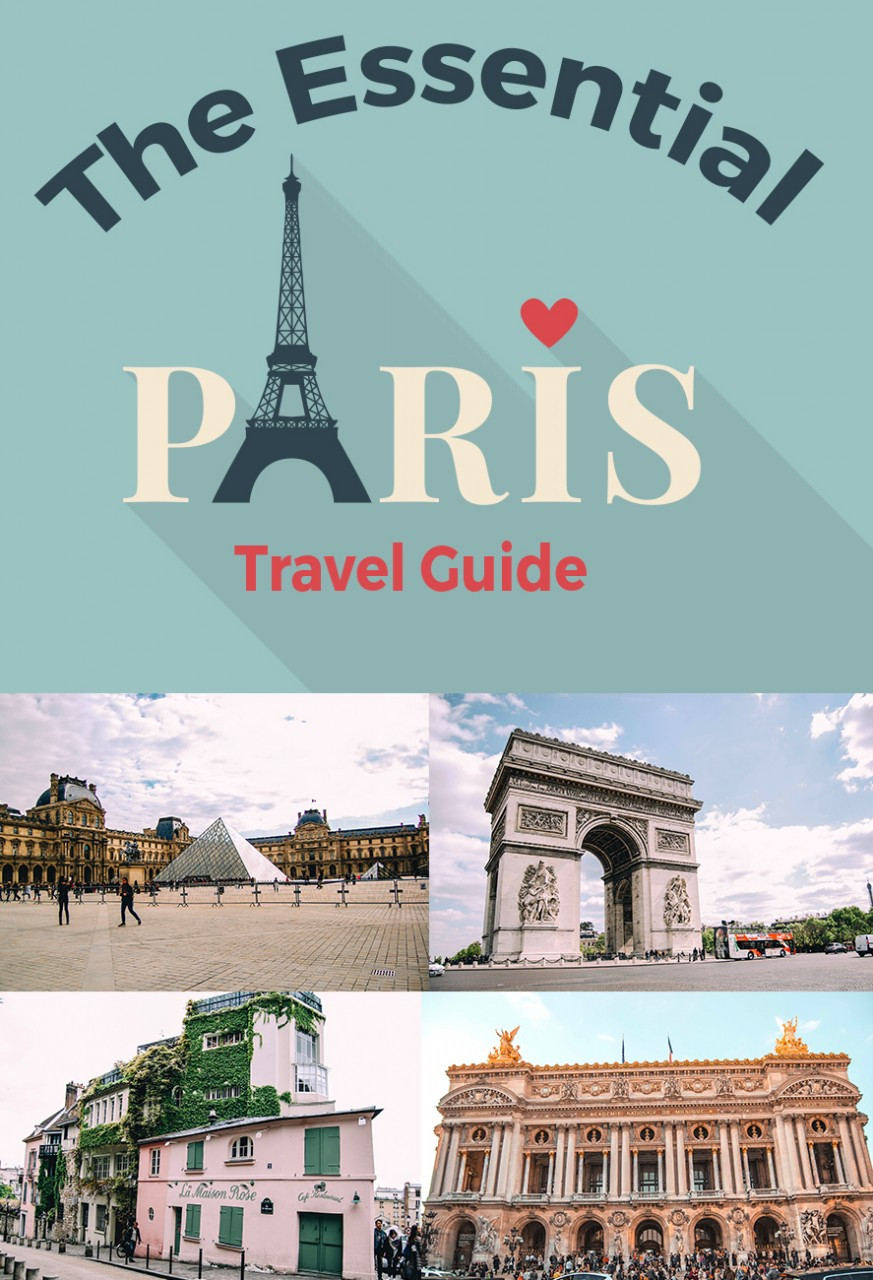 The Essential Paris Travel Guide
The Essential Paris Travel Guide
Paris is more than just a destination; it’s an emotion. There’s an inherent romance woven into its very fabric. I experienced this firsthand when I brought my husband and mother to Paris for my birthday one January. Despite the Parisian winter chill, a mini dress, and unexpected rain showers, the city’s enchantment was undeniable. Paris has something to offer every kind of traveler. Whether you seek relaxation, exploration, cultural immersion, or culinary delights, Paris welcomes you with open arms.
This essential Paris travel guide is structured as a 5-day itinerary, designed to help you maximize your time and experience a quintessential Parisian journey.
Navigating Your Arrival: Getting to Paris
Reaching Paris is remarkably convenient, with Charles de Gaulle Airport (CDG) serving as the primary international gateway. From CDG, efficient public transportation options, including the RER B train and Roissybus, provide seamless access to the city center. Alternatively, Paris is a central hub for high-speed train travel in Europe. Major train stations such as Gare du Nord, Gare de l’Est, and Gare de Lyon connect Paris to numerous European cities, offering a scenic and comfortable arrival option.
Getting Around Paris: Mastering Parisian Transportation
Once you’re in Paris, the Paris Métro is undoubtedly the most efficient way to navigate the city. Forget expensive taxis and traffic congestion; the Métro is your key to unlocking Paris. While walking is delightful in certain arrondissements, Paris is expansive, and the Métro allows you to see more in less time. With 16 interconnected lines, the system is surprisingly user-friendly once you get acquainted. A single ticket or a multi-day pass is valid for both the Métro and buses, offering flexibility. Investing in a travel pass for the duration of your stay is highly recommended for cost-effectiveness and ease of travel.
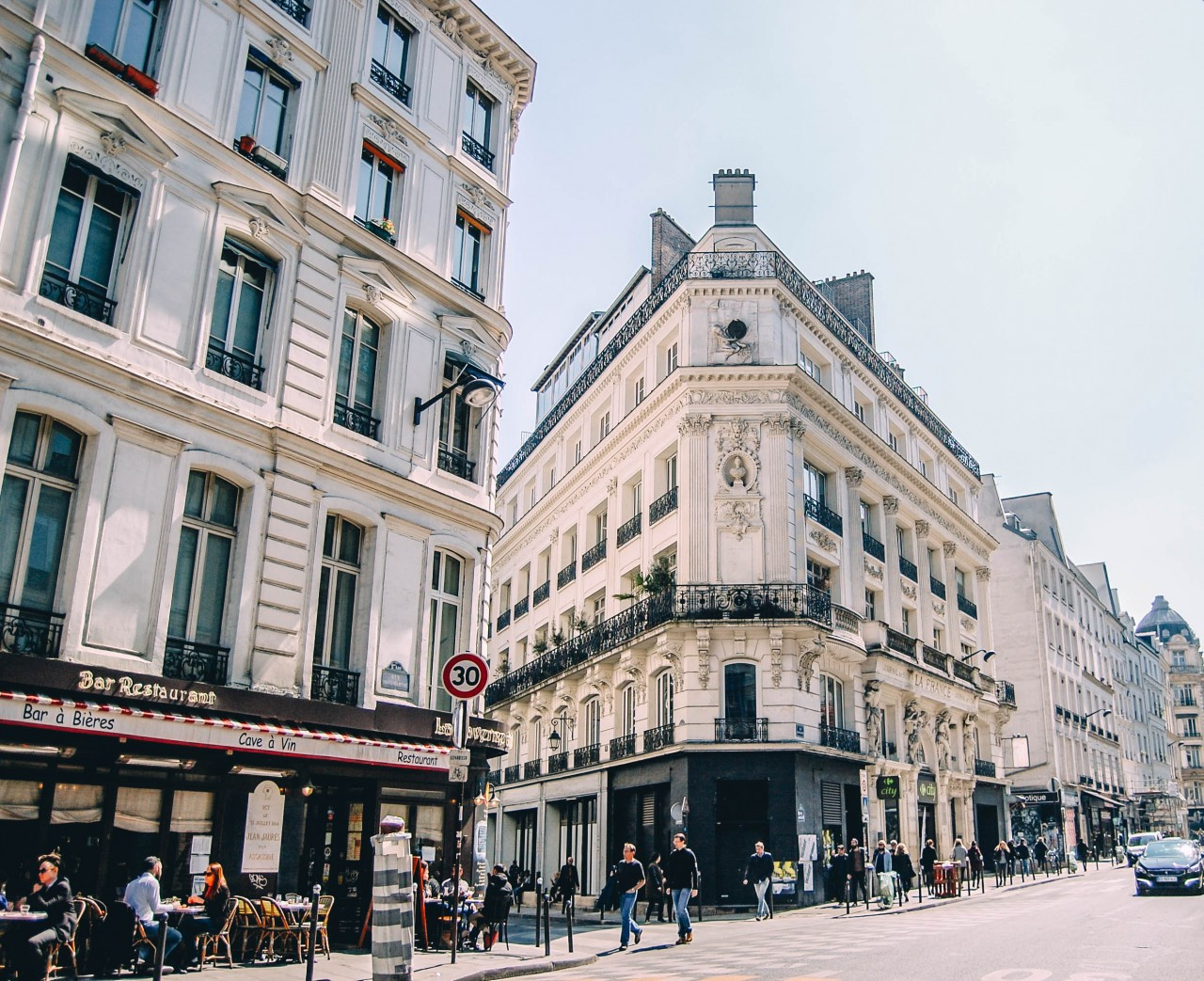 Paris Metro Entrance
Paris Metro Entrance
Best Time to Visit Paris: Seasons and Crowds
Paris is a year-round destination, each season casting a unique spell. Winter in Paris holds a special charm, offering a more intimate experience with fewer crowds. If avoiding long queues is a priority, winter is ideal. I recall virtually walking straight into Notre Dame in January, a stark contrast to the half-hour wait I endured in July. However, for blossoming beauty, spring and summer are undeniably enchanting. Gardens like Monet’s Giverny and the Palace of Versailles gardens burst into vibrant life, awash in color and fragrance.
Paris on a Budget: How Much to Spend
The cost of your Paris trip is highly adaptable to your travel style and preferences, particularly regarding dining and accommodation. My first trip to Paris was a testament to budget travel. My husband and his friend, masters of frugality, proved that Paris can be explored without breaking the bank. We frequented grocery stores, enjoyed affordable onion soup, and cleverly refilled water bottles to save on drinks. Our most cherished meal? A simple yet perfect picnic of baguette, cheese, and wine enjoyed al fresco by the twinkling Eiffel Tower. While museum and attraction entry fees, along with dining choices, will contribute to your expenses, budget-conscious travel in Paris is entirely achievable.
Where to Stay in Paris: Accommodation Options
Paris offers a spectrum of accommodation choices, catering to every budget and preference.
Luxury Stays: The Best of the Best
For unparalleled luxury, The Peninsula Hotel stands out. Its opulent interiors and stunning architecture are truly breathtaking. My visit there for afternoon tea was an experience in extravagance. Hotel Icone is another exquisite option, boasting meticulous attention to detail and a prime location. During my spring trip, Hotel Icone’s central location allowed me to explore many iconic sights, including the Opera Garnier, the Louvre, and Notre Dame, all within walking distance.
Mid-Range Comfort
When traveling with my mother, we opted for a charming Airbnb in Île-de-France, offering a comfortable duplex with two bedrooms and a full kitchen. This area is also a great choice for groups or families seeking more space and a local experience.
Budget-Friendly Options
For budget-conscious travelers, hostels are a fantastic option in Paris. I’ve always felt safe and secure in Parisian hostels. Simply look for well-reviewed hostels and book in advance, especially during peak season.
Unveiling Paris: A 5-Day Itinerary
This 5-day itinerary is designed to optimize your exploration of Paris, grouping attractions geographically to minimize travel time and maximize your sightseeing. Remember, Paris is best enjoyed at a relaxed pace, so feel free to adjust this itinerary to your interests and tempo.
For those with limited time, the Paris Pass can be a worthwhile investment. It grants access to numerous museums and attractions, often including skip-the-line privileges, saving you precious time.
My golden rule for Paris, and indeed for all travel, is to embrace your inner tourist. Capture photos, immerse yourself in the history and stories behind the landmarks, and savor every moment. You’ll create memories to treasure for a lifetime. And who knows, maybe even try a traditional French dish like roast pigeon – you might just discover a new favorite!
Day 1: Iconic Landmarks and Parisian Grandeur
Begin your Parisian adventure at the Eiffel Tower. Mornings offer the best views with fewer crowds. We’ll return at night to witness its dazzling illumination, but for now, ascend early to appreciate panoramic city vistas.
Alt text: Eiffel Tower bathed in soft morning light, showcasing its iconic structure against the Parisian cityscape from a slightly elevated perspective.
Trocadéro, across the Seine from the Eiffel Tower, provides iconic photo opportunities of the Iron Lady. Alternatively, walk directly to the tower’s base for an up-close experience. Consider grabbing a pastry and coffee nearby to enjoy with the view.
Public transport is recommended for navigating between sites today. Ascend the Eiffel Tower by elevator (€11 to the 2nd floor, €17 to the top) or stairs (€7 to the 2nd floor). Pre-booking tickets is highly recommended to avoid lengthy queues.
For my 30th birthday, we captured some memorable photos at the Eiffel Tower, even if the weather wasn’t entirely cooperative.
Alt text: Joyful traveler posing in front of the Eiffel Tower, celebrating a 30th birthday in Paris, capturing a personal travel milestone.
Next, head to the Arc de Triomphe, a monumental arch commanding the center of Place Charles de Gaulle. From atop the Arc, you’ll enjoy breathtaking views down the Avenue des Champs-Élysées, one of the world’s most famous avenues.
Access the Arc de Triomphe via an underground passage. Climb the 284 steps to the top for what I consider one of the most spectacular panoramic views of Paris.
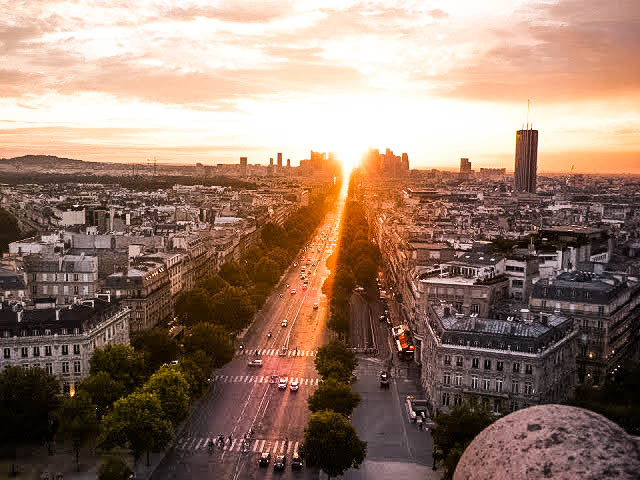 Arc de Triomphe View
Arc de Triomphe View
The Champs-Élysées itself is a destination. Stroll down this iconic avenue, lined with luxury boutiques, flagship stores, and cafes. It’s the perfect place to find lunch or simply soak in the Parisian atmosphere.
Alt text: A vibrant street scene along the Champs-Élysées, capturing the bustling atmosphere with pedestrians, shops, and Parisian architecture.
Continue to the Grand Palais and Petit Palais, architectural gems often overlooked but truly quintessential Paris. These magnificent buildings showcase French architectural brilliance. The Grand Palais hosts museums and exhibitions, while the Petit Palais is an art museum in itself, its architecture as captivating as the art it houses.
From here, walk towards the Seine River to Pont Alexandre III, my favorite bridge in Paris and an ideal spot for people-watching. You might recognize it from Woody Allen’s “Midnight in Paris.”
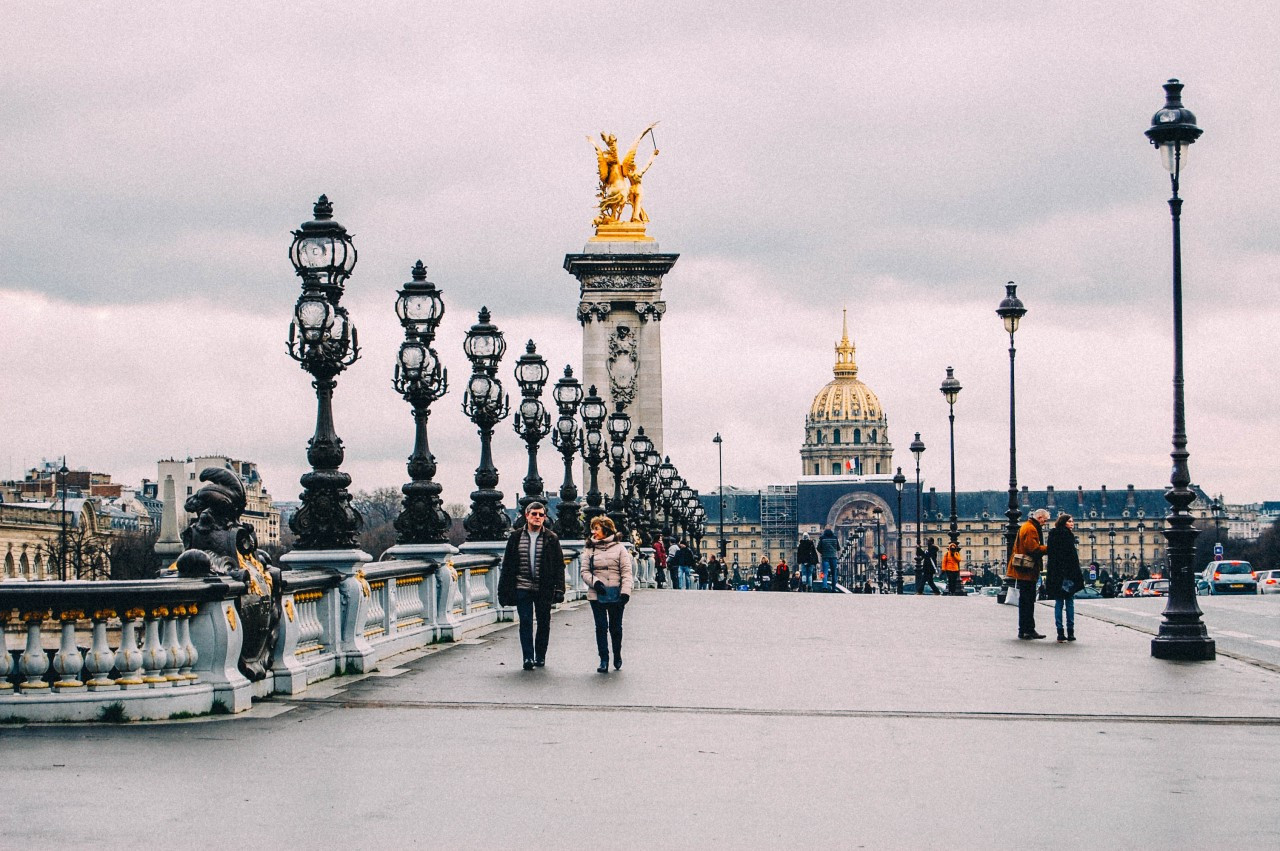 Pont Alexandre III View
Pont Alexandre III View
Nearby, you’ll find three renowned museums: Musée d’Orsay, Musée de l’Orangerie, and Musée Rodin. If you only have time for one, choose the Musée d’Orsay. Housed in a former train station, it boasts an exceptional collection of Impressionist and Post-Impressionist art from 1848-1914, complementing the Louvre’s earlier art periods.
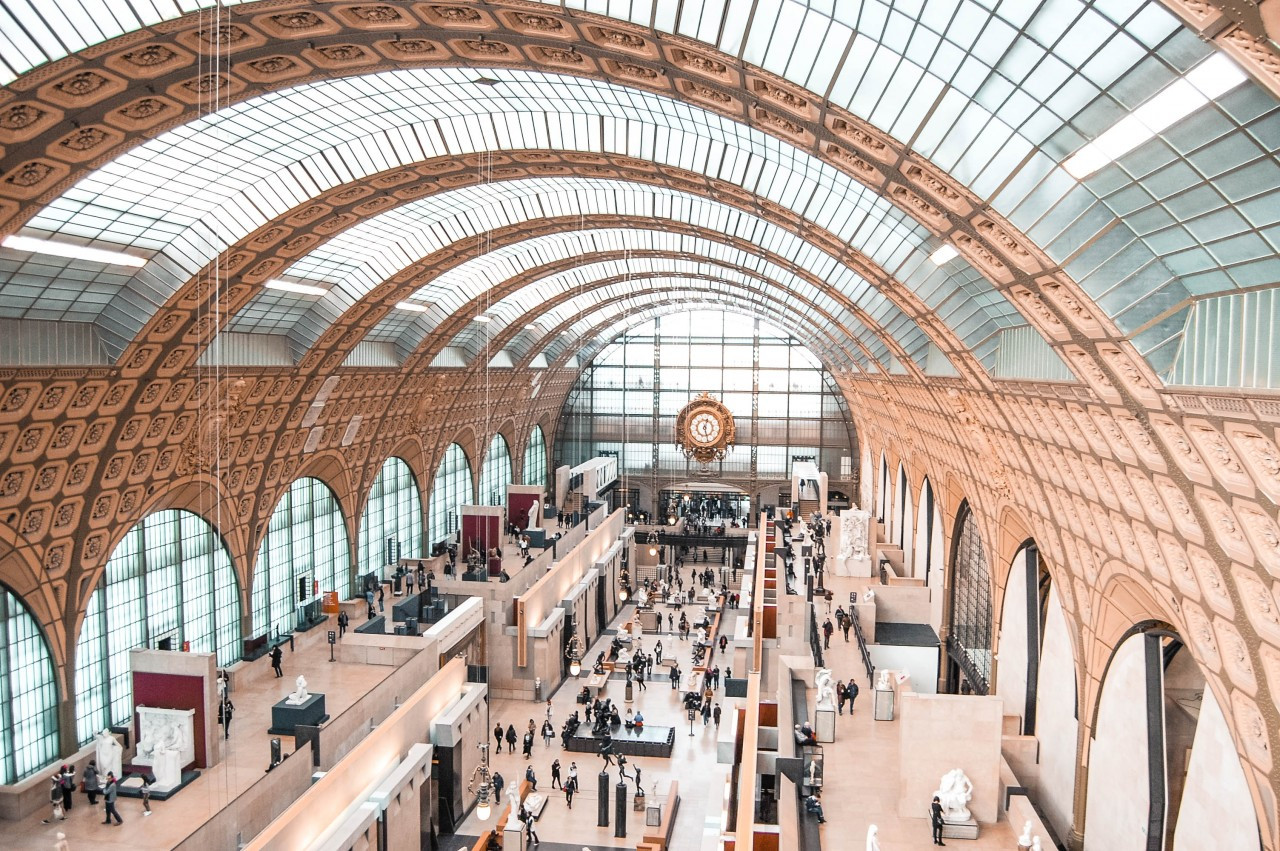 Musée d'Orsay Interior
Musée d'Orsay Interior
Plan to spend at least a couple of hours at the Musée d’Orsay. Guided tours are available for a small additional fee and are highly recommended to enhance your visit. You’ll encounter masterpieces by Renoir, Degas, and Monet.
If time is limited and museums aren’t your priority, admire Les Invalides from the outside. This complex in the 7th arrondissement is visually stunning. The Musée de l’Armée within Invalides offers a comprehensive military history collection, and you can also visit Napoleon’s Tomb.
Conclude your day with a luxurious hot chocolate at Angelina’s before heading to Place de la Concorde, Paris’s largest square. Here, you can admire the Ferris wheel, Fontaine des Mers, and Fontaine des Fleuves, all beautifully illuminated at night.
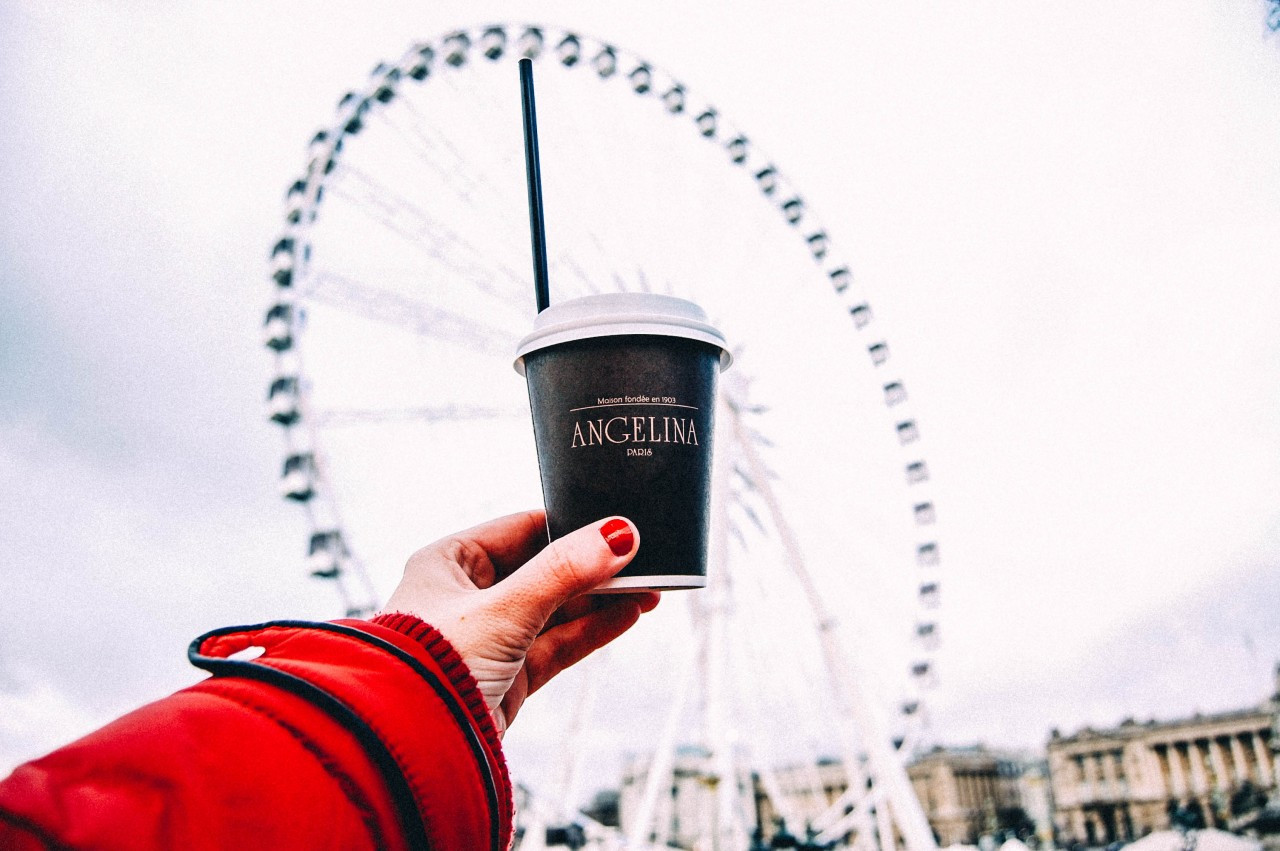 Place de la Concorde Ferris Wheel
Place de la Concorde Ferris Wheel
Day 2: Island Charm and Artistic Treasures
Day two begins at Notre Dame Cathedral, one of the world’s most iconic churches. Its majestic twin towers dominate the skyline, a testament to Gothic architecture.
Explore the area around Notre Dame, Île de la Cité. Discover charming cafes, restaurants, and tree-lined streets. If there’s a queue to enter Notre Dame, it usually moves quickly – don’t miss the chance to step inside. Arriving early, around 8 am, often means no waiting time.
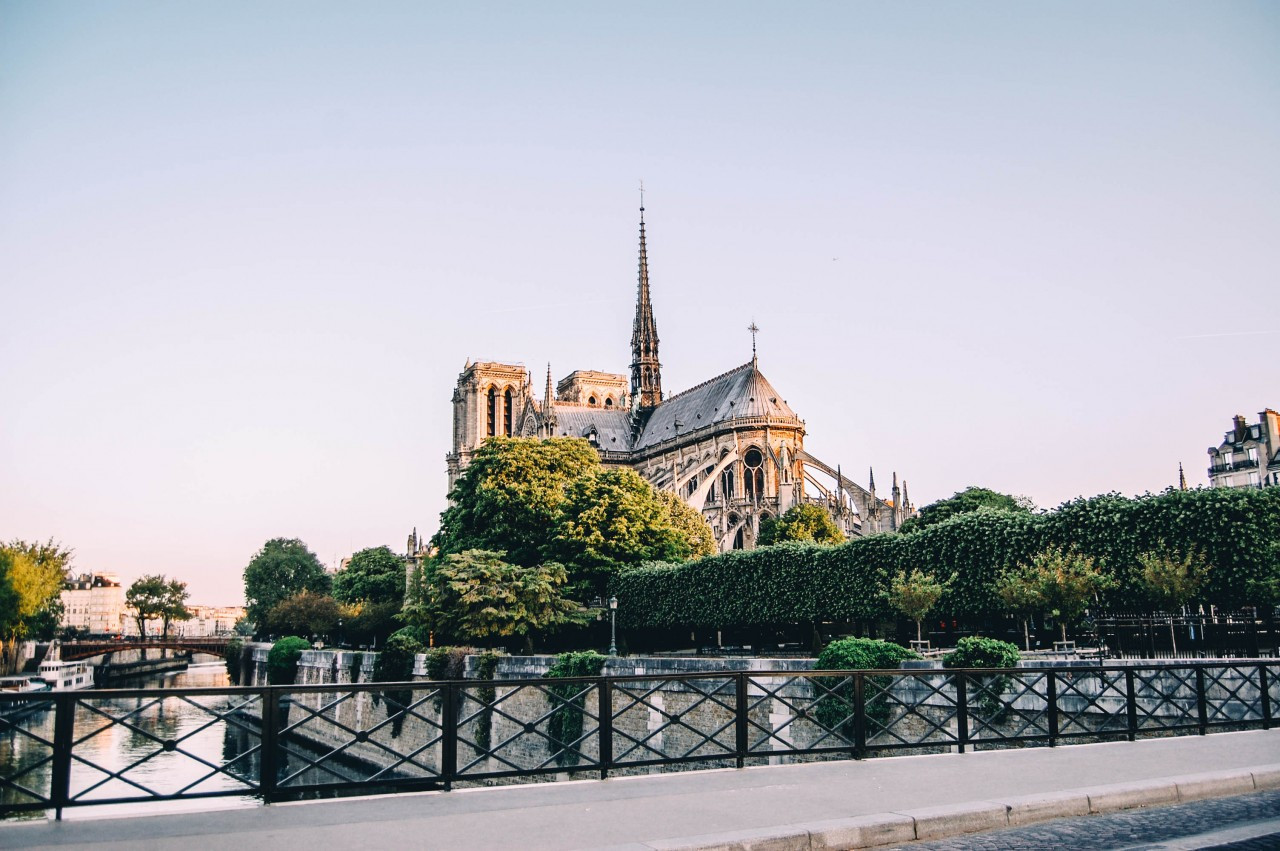 Notre Dame Cathedral Exterior
Notre Dame Cathedral Exterior
Au Vieux Paris d’Arcole is a picturesque spot nearby, particularly enchanting in spring when wisteria blooms profusely.
Next, visit Sainte-Chapelle, a short walk from Notre Dame. Don’t be deceived by its understated exterior; inside lies a breathtaking display of stained glass artistry, considered one of the most magnificent in the world.
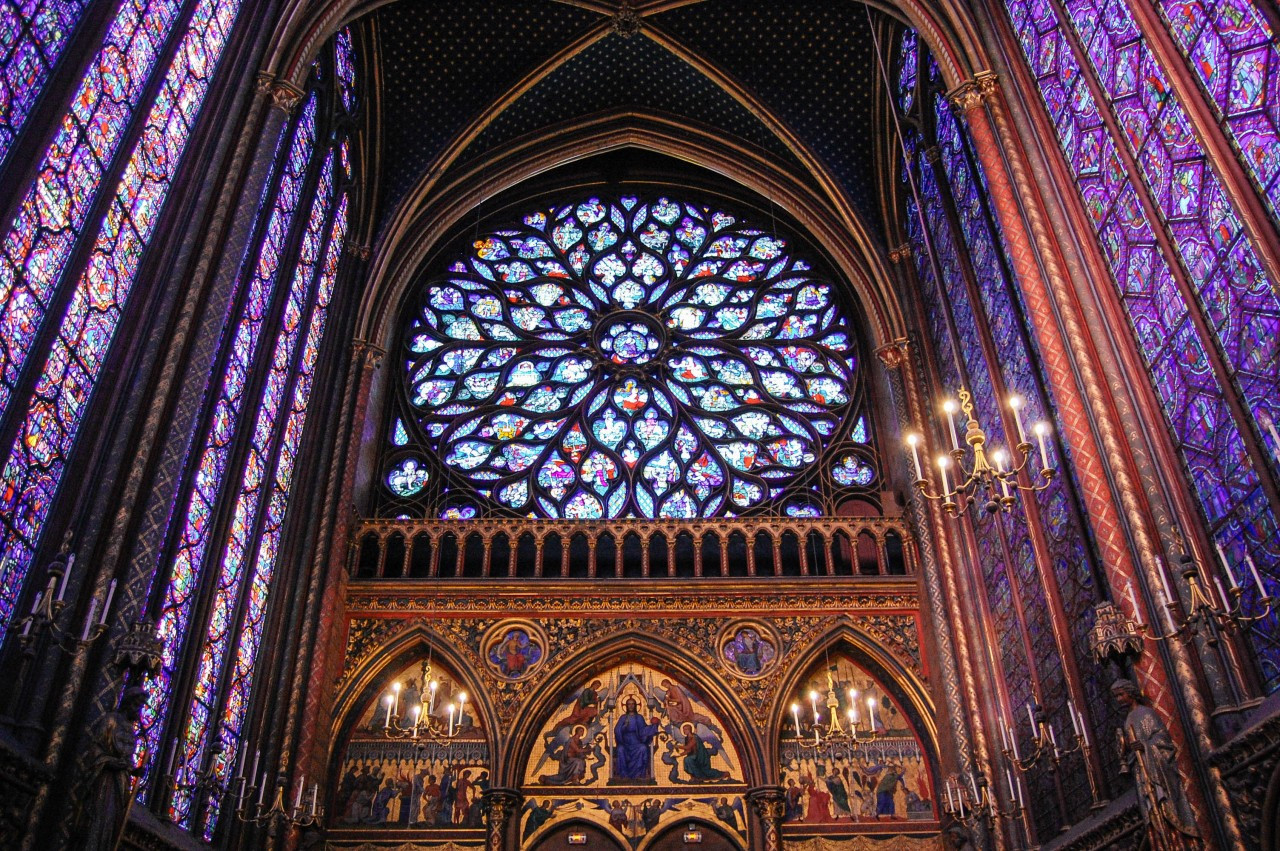 Sainte-Chapelle Stained Glass
Sainte-Chapelle Stained Glass
Île de la Cité offers a unique island ambiance, feeling separate from the city’s bustle.
Cross Pont Saint-Michel to the Latin Quarter, known for its student life, historic architecture, and vibrant café culture. Wander through its charming streets, soaking in the lively atmosphere.
Alt text: Charming street in the Latin Quarter, lined with traditional Parisian cafes and bistros, bustling with outdoor seating and pedestrian activity.
Continue to the Panthéon, originally intended as a church but now a secular mausoleum honoring distinguished French citizens like Victor Hugo, Voltaire, and Rousseau. While the exterior is impressive, consider admiring it from outside if time is short.
A short walk leads to the Luxembourg Gardens, a tranquil oasis perfect for relaxation after sightseeing. This area, Saint-Germain-des-Prés, is known for its peaceful atmosphere.
Alt text: Serene scene in Luxembourg Gardens, featuring the central fountain with sculptures and lush greenery, offering a peaceful retreat in Paris.
Facing the fountain, you’ll see the Luxembourg Palace, the residence of Marie de’ Medici.
Loop back north to Église Saint-Sulpice, the second-largest church in Paris after Notre Dame, featured in “The Da Vinci Code.”
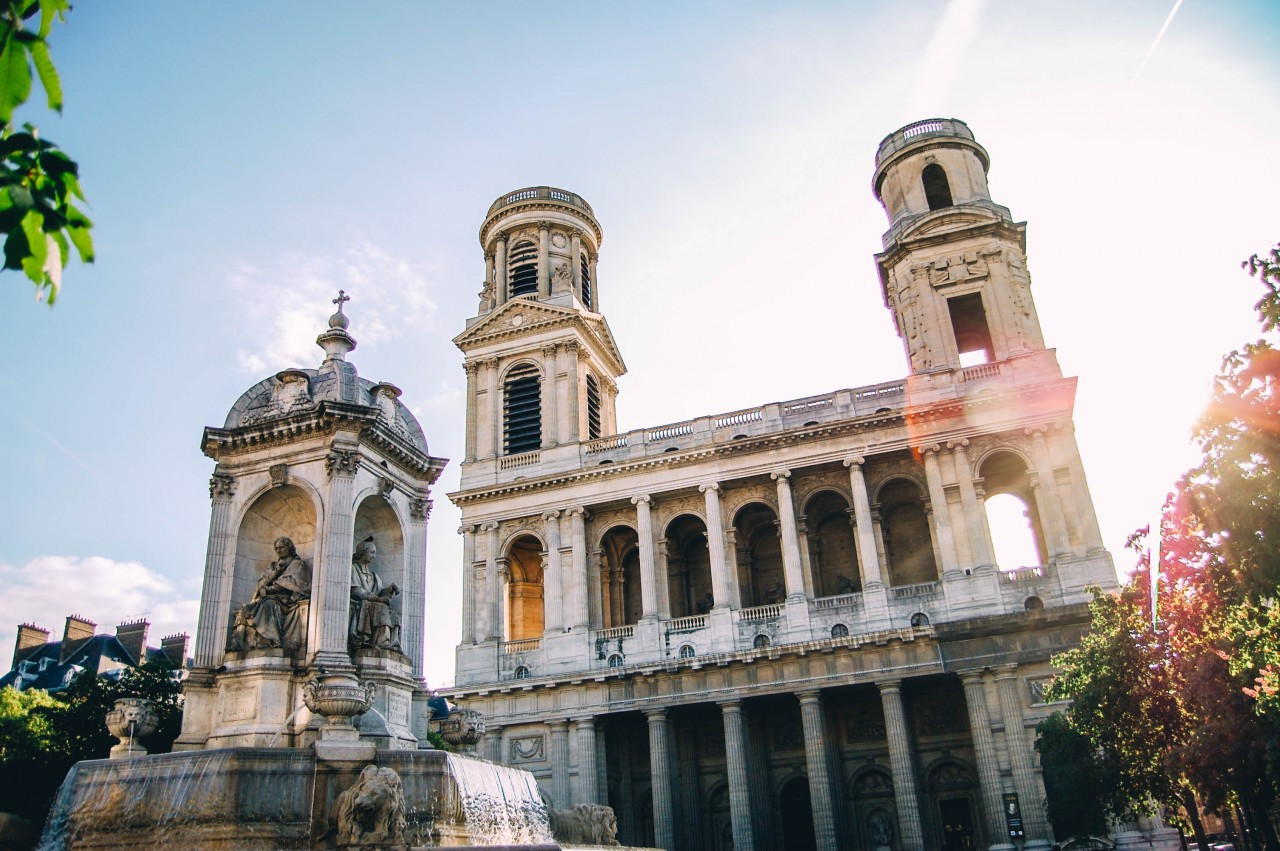 Église Saint-Sulpice Interior
Église Saint-Sulpice Interior
Take a break on Pont des Arts, another beautiful bridge, offering scenic views of the Seine and surrounding architecture.
Finally, prepare to be mesmerized by the Louvre Museum, one of the world’s greatest art museums. Pre-book tickets online to avoid potentially long queues. Visiting closer to opening or closing times can also help minimize wait times. Note that the Louvre is closed on Tuesdays.
Alt text: Iconic glass pyramid entrance of the Louvre Museum, juxtaposed against the historic palace, symbolizing the blend of modern and classic Parisian architecture.
Day 3: Montmartre Charm and Parisian Panoramas
Montmartre, a hilltop district, offers a distinct Parisian experience. I highly recommend joining a free walking tour to truly appreciate its unique character and history. (Discovery Walks Tour is a great option). These tours are engaging, informative, and operate on a tip-basis.
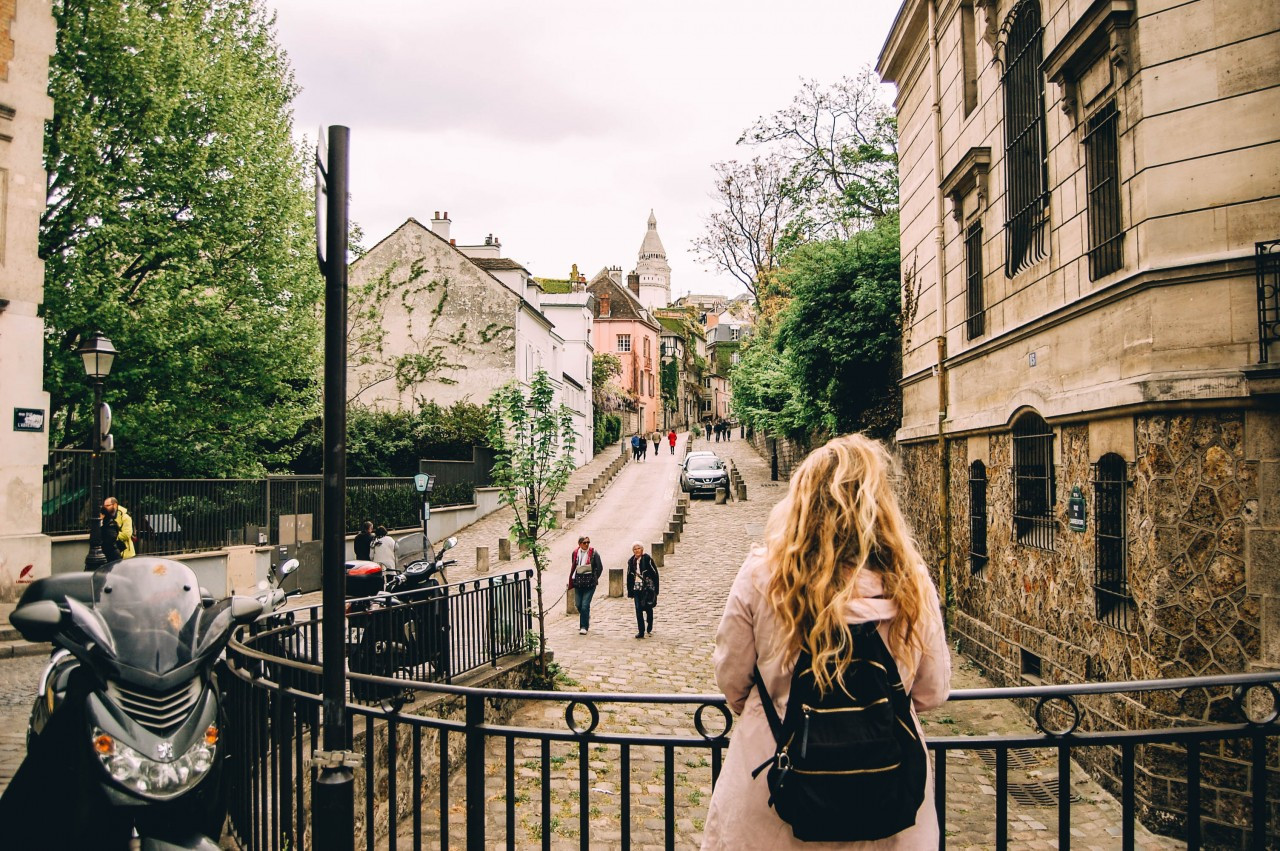 Montmartre Street Scene
Montmartre Street Scene
Montmartre’s artistic heritage and bohemian spirit set it apart from central Paris. In the late 19th and early 20th centuries, artists flocked here due to lower living costs. A walking tour unveils hidden gems and fascinating stories.
Tours often start at the Moulin Rouge, then proceed to Le Mur des Je t’aime (Wall of Love), displaying “I love you” in over 300 languages. You’ll also pass by famous cafes, including the one featured in “Amélie.”
Stop at Le Moulin de la Galette, a charming restaurant and the location where Renoir painted his famous work, “Bal du moulin de la Galette.”
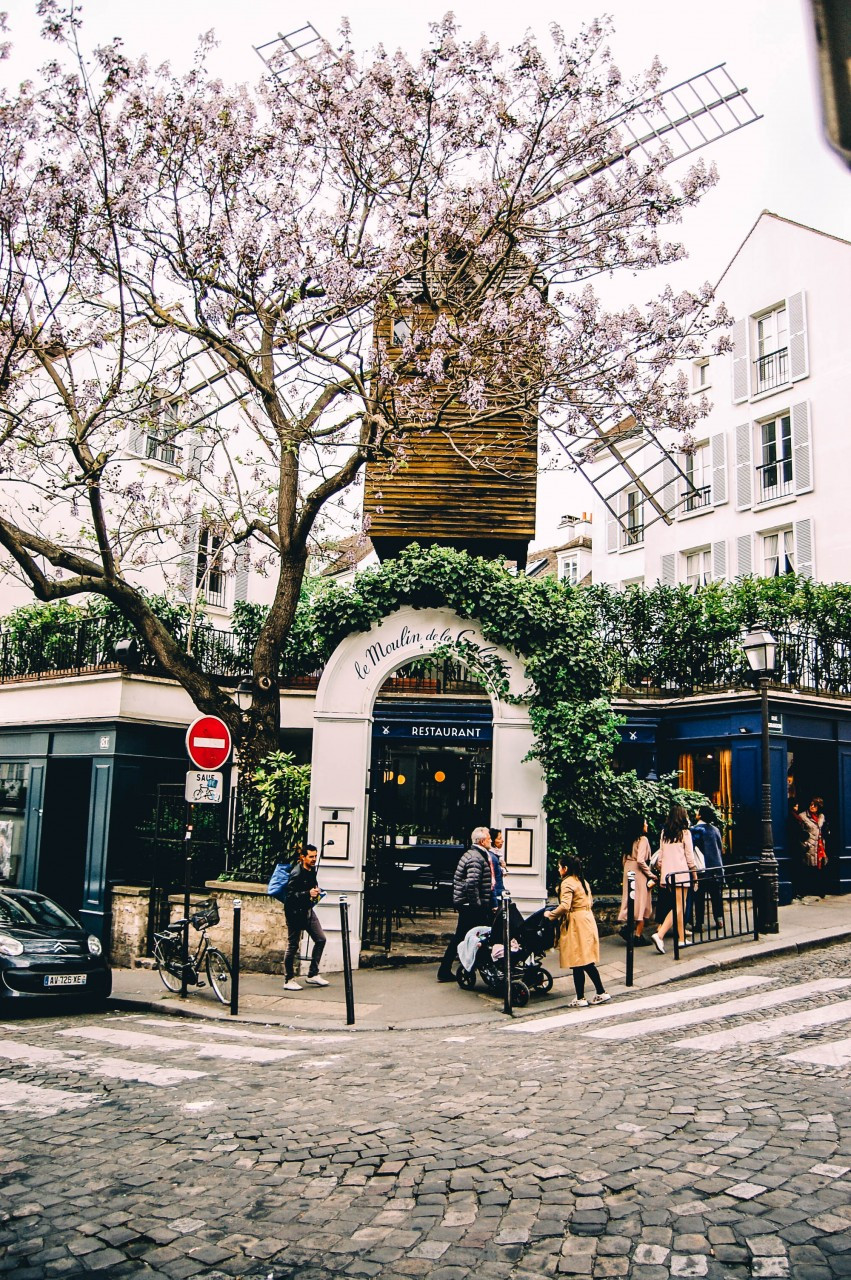 Le Moulin de la Galette Restaurant
Le Moulin de la Galette Restaurant
Walk past the iconic pink building, La Maison Rose.
Ascend to Sacré-Cœur Basilica, Montmartre’s crowning jewel. While opinions among Parisians are divided regarding its origins (built post-war with public funds), its architectural beauty and panoramic views are undeniable.
Alt text: Majestic Sacré-Cœur Basilica perched atop Montmartre hill, overlooking the expansive cityscape of Paris under a cloudy sky, emphasizing its dominant position.
Step inside Sacré-Cœur to admire its architecture and artwork.
From Sacré-Cœur’s elevated position, appreciate the density of Paris. The basilica’s white domes mark the city’s highest point, offering spectacular views.
Descend via Rue des Martyrs, a vibrant street for lunch, browsing unique shops, and enjoying Parisian café culture.
Continue to Galeries Lafayette, a renowned department store for high-end shopping. Even if it’s beyond your budget, ascend to the rooftop terrace for impressive city views. The store itself is a spectacle, especially beautifully lit at night.
If you have more time, visit Père Lachaise Cemetery, Paris’s largest cemetery and the final resting place of many famous figures.
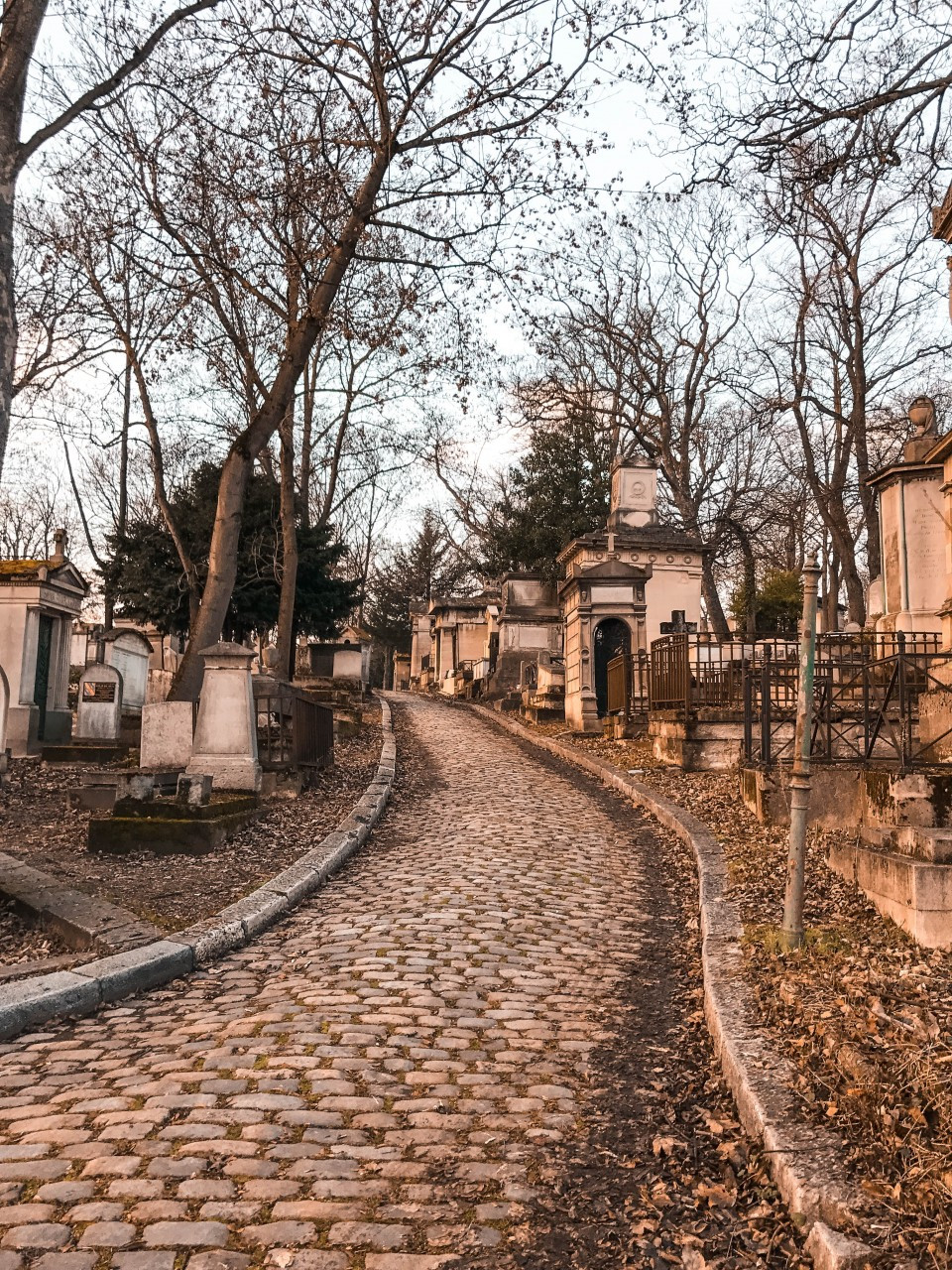 Père Lachaise Cemetery Entrance
Père Lachaise Cemetery Entrance
Père Lachaise offers a peaceful escape from the city’s hustle and bustle, with intriguing memorials and tombs, including those of Jim Morrison, Edith Piaf, and Oscar Wilde (whose tomb is traditionally kissed).
Day 4: Versailles Palace – A Day of Royal Opulence
Dedicate at least a half-day, ideally a full day, to Versailles Palace. This opulent palace is a UNESCO World Heritage site and one of the world’s most magnificent palaces. It’s even featured on lists of the world’s best castles.
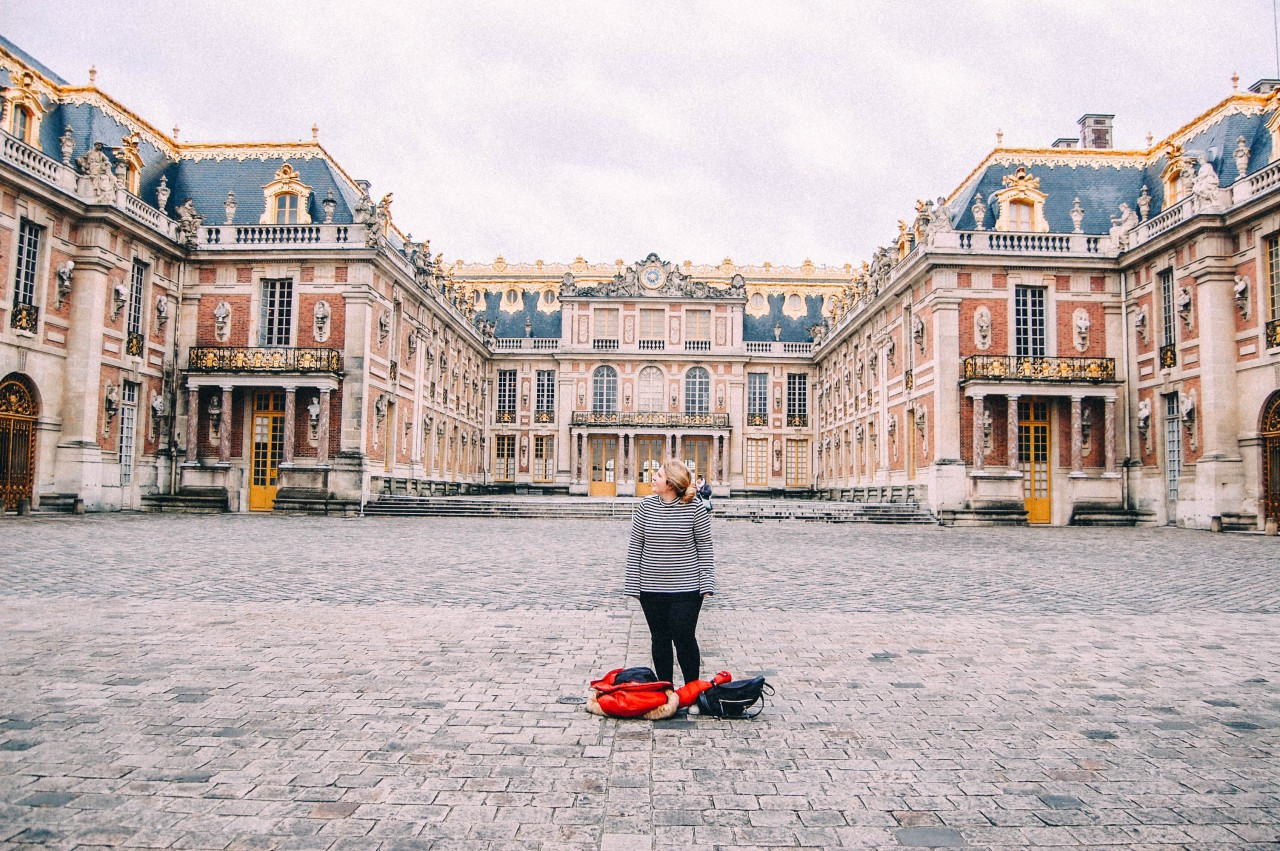 Versailles Palace Gardens
Versailles Palace Gardens
Arrive early to beat the crowds. Note: The main palace is closed on Mondays and is busiest on weekends.
Versailles encompasses the palace, vast gardens, and Marie Antoinette’s Estate. Expect considerable walking, and consider packing lunch.
The Hall of Mirrors is truly awe-inspiring. Its grandeur is beyond imagination until you experience it firsthand.
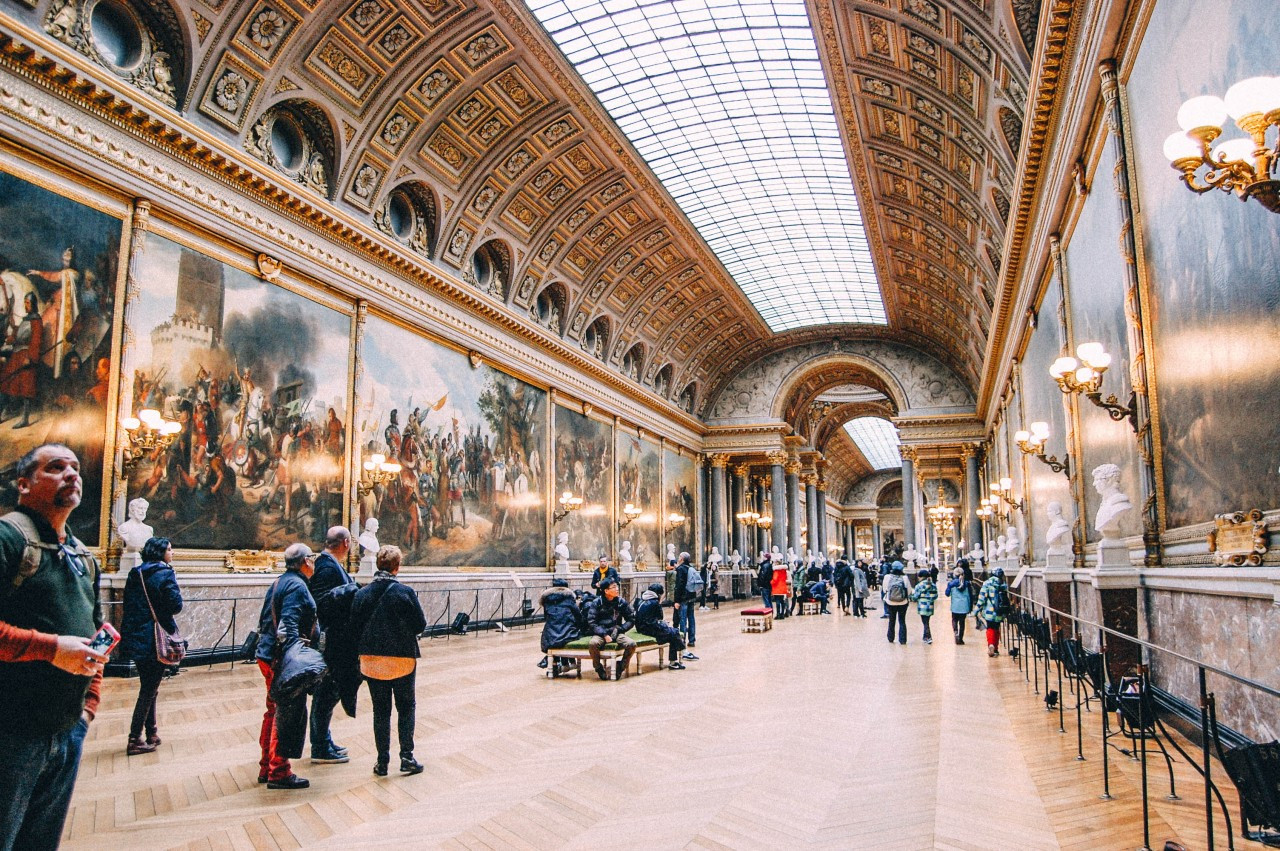 Versailles Hall of Mirrors
Versailles Hall of Mirrors
Versailles is not only architecturally stunning but filled with richly furnished rooms and timeless art.
The meticulously landscaped gardens feature fountains that come alive at night. Consider staying for the evening fountain shows. Don’t miss Marie Antoinette’s charming Petit Trianon and surrounding estate.
After Versailles’s grandeur, for a contrasting experience, consider visiting the Catacombs back in Paris. These underground ossuaries hold the remains of over six million people. If you don’t spend the entire day at Versailles, the Catacombs offer a unique and macabre Parisian attraction.
Day 5: Gardens, Shopping, and Farewell to the City of Lights
Start your final day in Paris at the Tuileries Garden. Enjoy breakfast from a food stand and perhaps purchase fresh flowers from a nearby shop.
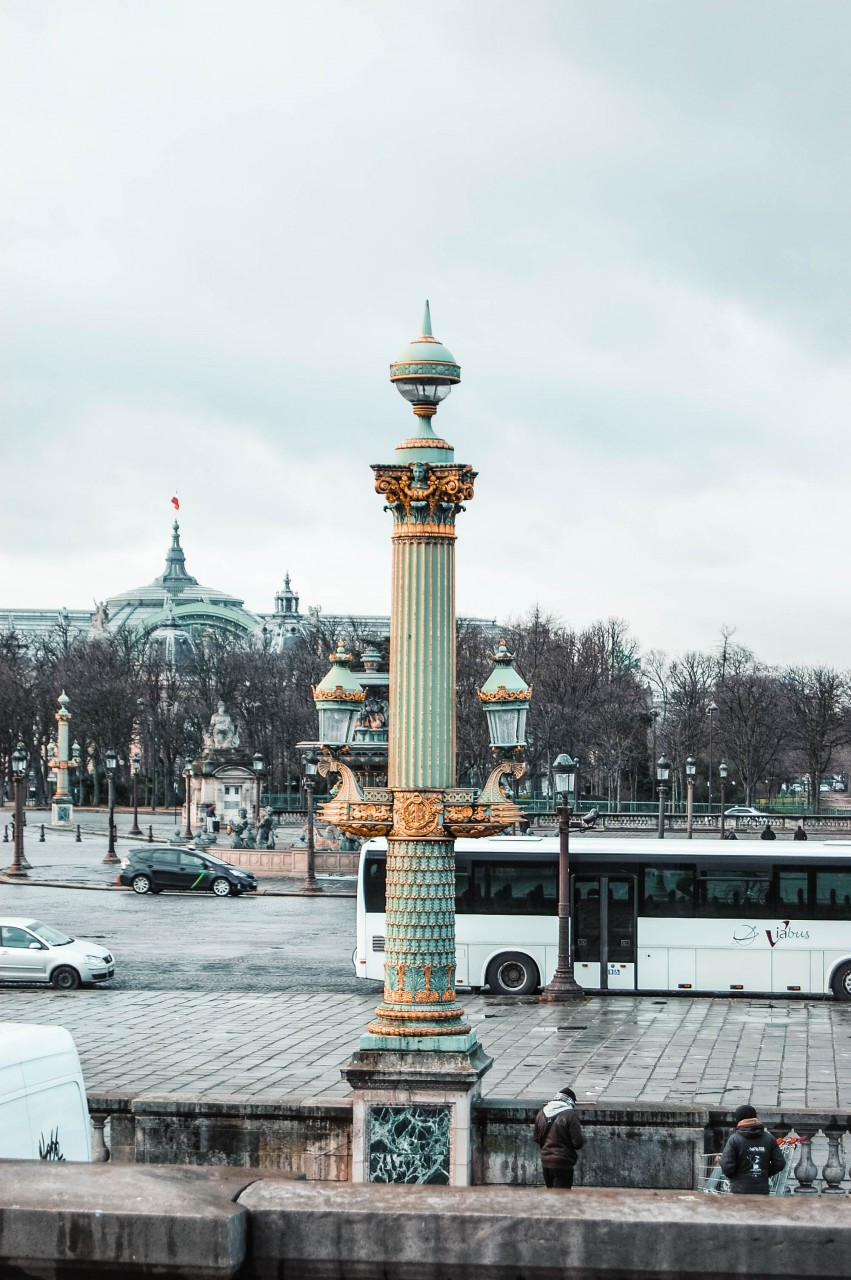 Tuileries Garden Path
Tuileries Garden Path
Walk along Rue de Rivoli, a grand shopping street lined with boutiques, restaurants, and cafes.
Next, visit Opéra Garnier, a magnificent opera house, both inside and out. A ticket is required to tour the opulent interior, but it’s well worth the visit.
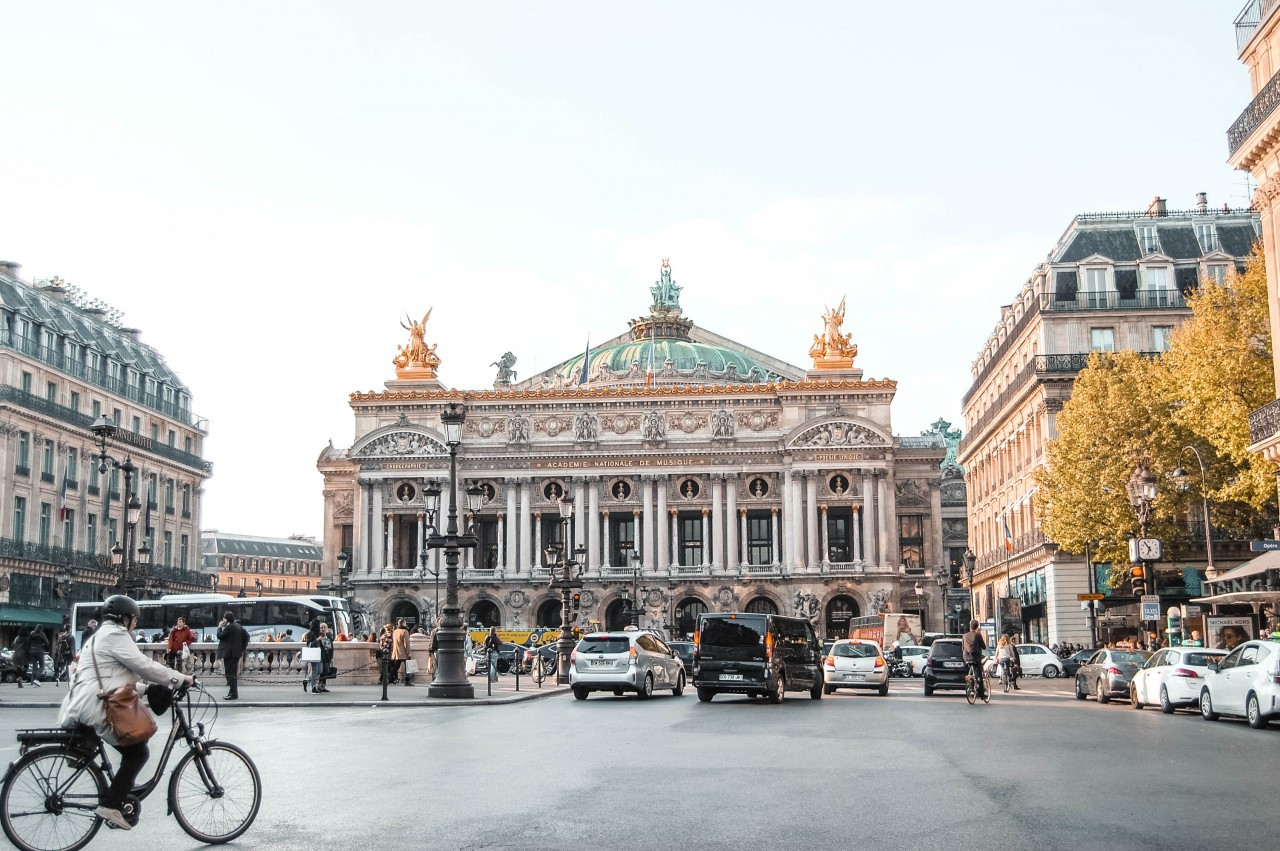 Opéra Garnier Exterior
Opéra Garnier Exterior
One of the best Parisian experiences is simply walking and exploring the city. Each step reveals a new story and romantic vista.
Conclude your 5-day Paris journey by witnessing the Eiffel Tower sparkle at night. It’s a truly magical sight and a perfect farewell to the City of Lights. It was during this moment that I truly fell in love with Europe.
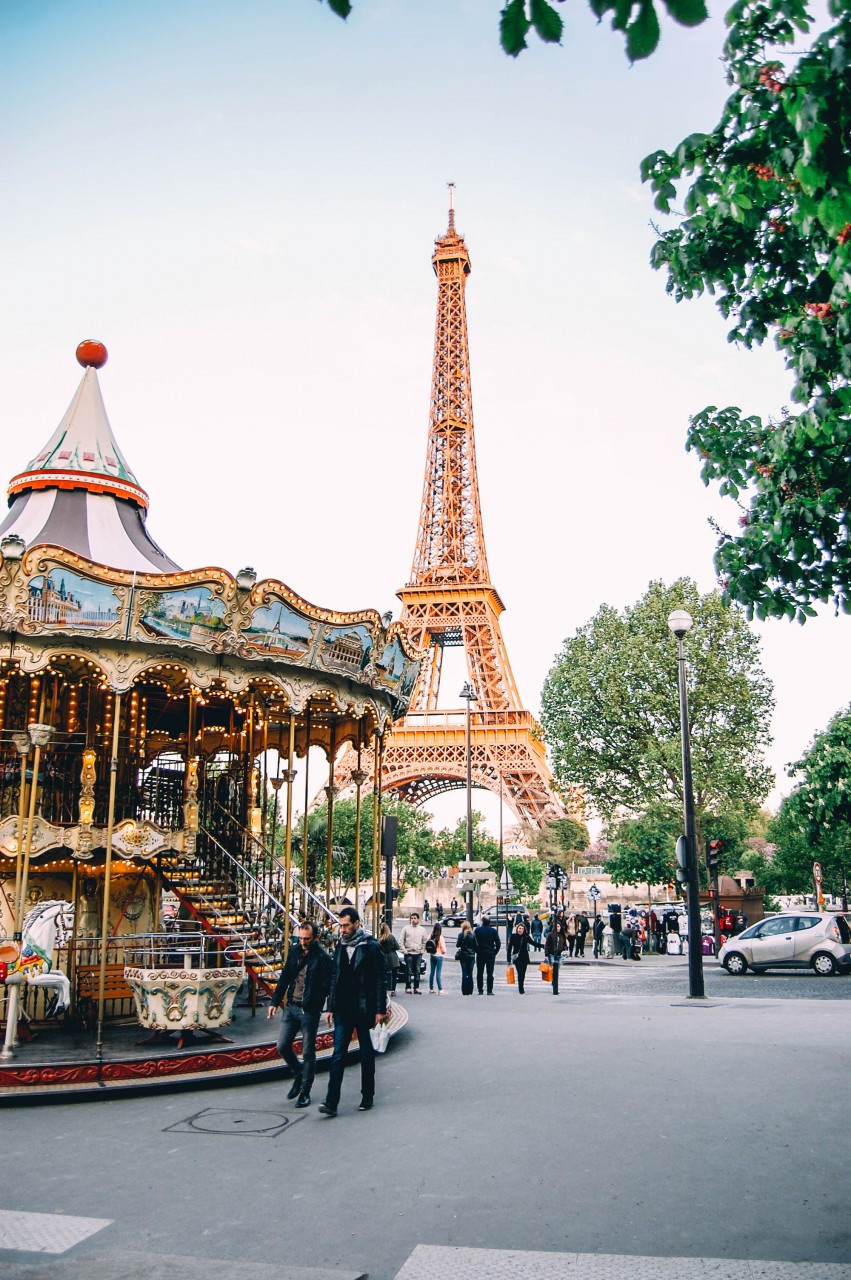 Eiffel Tower Night Sparkle
Eiffel Tower Night Sparkle
 Eiffel Tower Night View Close-up
Eiffel Tower Night View Close-up
If you have extra time, consider a half-day trip to Monet’s Gardens in Giverny (about 45 minutes from Paris) or explore more museums like Musée Picasso or Musée de l’Orangerie.
Parisian Culinary Delights: Where to Eat
[powr-map id=8c8e34a4_1514377902]
No Paris travel guide is complete without food recommendations. Start your day like a Parisian with a Café au Lait and croissant while simply strolling and soaking in the atmosphere. Getting delightfully lost in Paris is part of the experience.
As a Parisian once told me, “You really can’t go wrong in Paris” when it comes to food and drinks. France is renowned for its cuisine, and Paris upholds this reputation. However, here are some of my top picks:
Angelina’s: Famous for its decadent hot chocolate, reportedly made with three types of African chocolate. If the line is long, opt for takeaway.
Ladurée: While I’m not a macaron aficionado, Ladurée is the place to go for some of the best macarons in Paris.
Cafe Kitsuné: A highly Instagrammable café with delicious and aesthetically pleasing coffee.
Comptoir de La Gastronomie: Home to one of the best meals I’ve ever had, particularly the Foie Gras Ravioli.
La Stube: Perfect for lunch, offering savory tarts and Salmon Strudel, along with divine cakes.
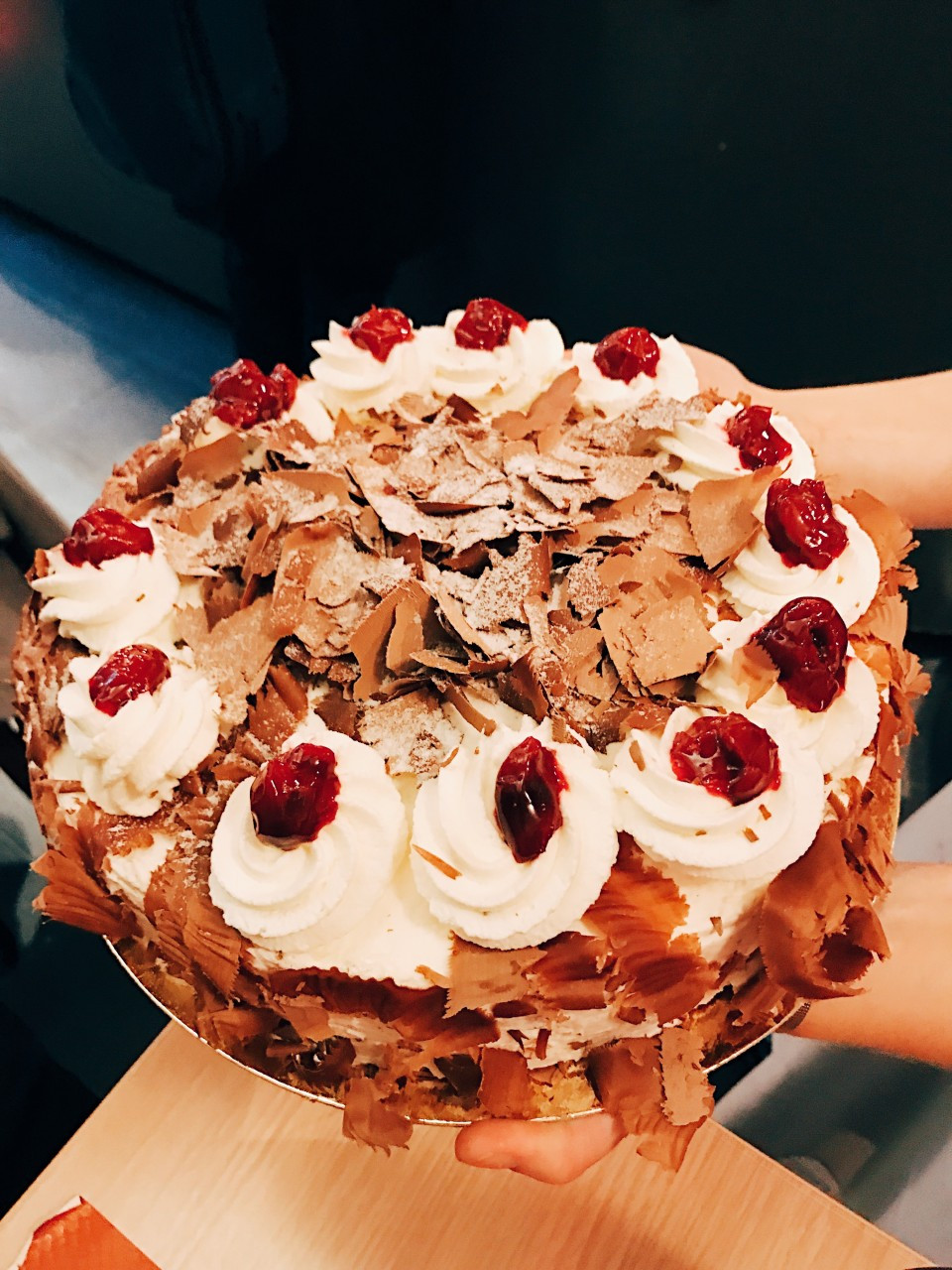 La Stube Food Display
La Stube Food Display
Le Grenier à Pain: Award-winning bakery, crowned with “best bread in Paris.” Try a “tradi” for a traditional baguette.
Grand Amour Hotel: Trendy hotel with a fantastic brunch, offering delicious food and a chic ambiance.
Aux Lyonnais: Serving traditional Lyonnaise cuisine, hearty and flavorful dishes perfect for a comforting meal.
Le Consulat: Charming café ideal for people-watching while enjoying classic French onion soup.
Le Refuge des Fondus: A unique experience – wine served in baby bottles! They also offer delicious fondue.
 Le Refuge des Fondus Wine Bottles
Le Refuge des Fondus Wine Bottles
Café de Flore: Located on a terrace in St Germain, a classic Parisian café for brunch, breakfast, or lunch.
Paris offers endless possibilities for exploration and discovery. While this Paris travel guide is extensive, it’s intended to provide a solid framework for your Parisian adventure. Having a plan beforehand will certainly enhance your experience.
If you found this guide helpful, pin it for future reference and share it with fellow travelers!
What are your favorite places in Paris? Share your recommendations in the comments below!
